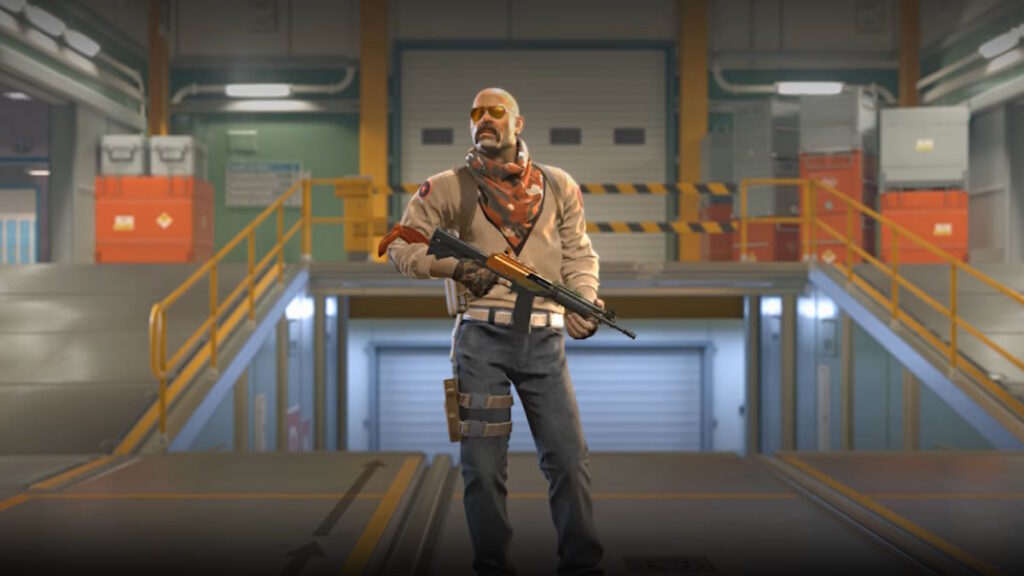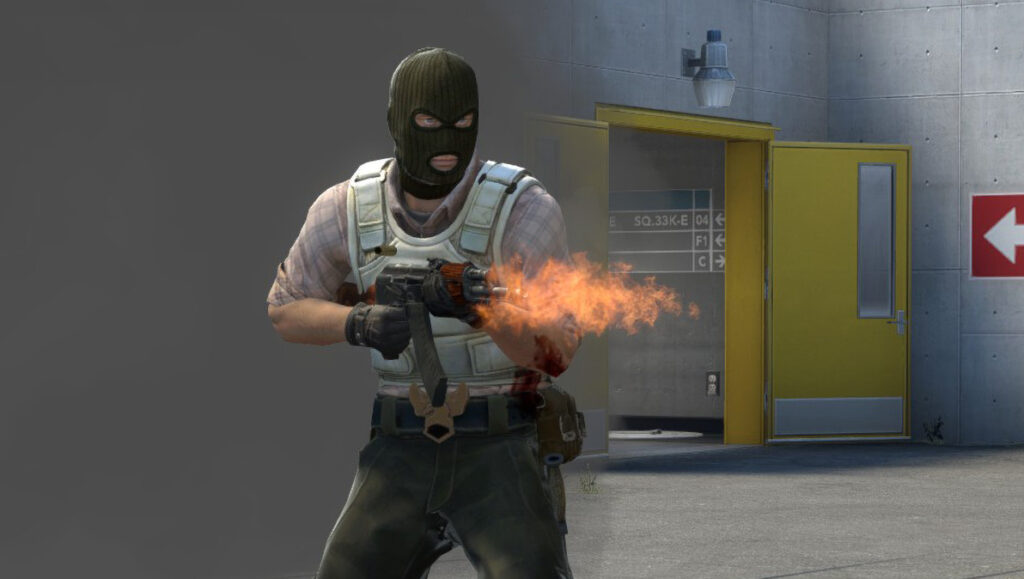October 5, 2023
In the ever-evolving world of esports, Counter-Strike 2 is once again at the forefront of change with the introduction of the MR12 format. This modification promises to bring a fresh dynamic to the game, both amateur and professional.
Currently, there are many opinions around MR12, but logically, how does it impact gameplay? Here’s what MR12 means and how it could potentially change CS forever.
What is MR12?
MR12, an abbreviation of Max Rounds 12, is a format gaining traction in Counter-Strike 2. However, it’s not a new format. MR12 has existed since CS 1.6 and is currently an active format in many games, including Valorant.
Unlike the traditional MR15 format, where each team plays 15 rounds on each side (CT and T), MR12 cuts it down to 12 rounds per side. This means that teams will have fewer rounds to secure victory, making each round even more critical to their overall success.
CS2’s MR12 format resembles Valorant’s format, another tactical first-person shooter where matches consist of 24 rounds, with teams switching sides after 12 rounds. Rainbow Six Siege, another tactical first-person shooter, uses a unique “Best of 12 Rounds” format for competitive play. Teams alternate between attacking and defending, aiming to secure the majority of rounds in a match.
The introduction of MR12 represents a pivotal moment in CS2’s evolution. It signifies the game’s willingness to adapt to changing esports dynamics.
The rationale behind MR12 is to streamline the gameplay, making matches more concise and viewer-friendly. It is seen as a way to maintain the excitement and intensity of CS2 while reducing the potential for excessively long games. MR12 aims to strike a balance between competitiveness and brevity, appealing to both players and spectators.

How Will MR12 Impact CS2?
The introduction of MR12 represents a pivotal moment in CS2’s evolution. It signifies the game’s willingness to adapt to changing esports dynamics.
One of the most apparent impacts of MR12 on CS2 is the accelerated pace of gameplay. With fewer rounds available, teams need to be more strategic and decisive. This can result in more aggressive and action-packed matches, as teams are less likely to play for a drawn-out victory. Expect more daring strategies and high-risk plays as teams aim to secure rounds quickly.
MR12 will require CS2 players and teams to adapt their strategies and playstyles. There was room for error in the previous MR15 format, and teams could afford to lose a few rounds without it being detrimental to their overall performance. However, in MR12, each round carries greater significance, making consistency and adaptability crucial.
From a spectator’s perspective, MR12 promises to be more engaging. Matches will be shorter, making it easier for fans to follow the action without committing to extended viewing sessions. The condensed format will appeal to longtime fans and newcomers to CS2, potentially increasing the game’s viewership.
For tournament organizers, MR12 could be a game-changer. Shorter matches mean more flexibility in scheduling and logistics. This could lead to more frequent and dynamic tournaments, potentially revitalizing CS2’s esports scene.
While mostly it’s a positive change, there are some issues with shorter matches as well. For example, old-timers believe that CSGO matches have more competitive depth, which allows teams to experiment with elaborate strategies. It may sometimes feel tedious, but it’s also what makes CSGO a unique esports.
Besides that, the economy in CS2 would also differ largely from CSGO. Viewers may have to watch more eco and save rounds, and pistol rounds will become more valuable. Whoever loses the pistol would automatically have an advantage for the next few rounds, which may make CS2 less profound.
But these are the issues that Valve is likely aware of, and may make other necessary changes to make MR12 the most suitable format for CS2. But, for now, it’s certainly not the best one for esports viewer experience.

How Will MR12 impact professional CS?
Professional CS teams will need to refine their skills and strategies to excel in the MR12 format. The reduced margin for error will force players to focus on their game and make precise decisions.
This heightened level of play could lead to more skilled and strategic professional CS matches. With fewer rounds, the outcome of a game can hinge on a single round’s performance. This could increase the competitive integrity of CS2 by reducing the likelihood of drawn-out matches or ties.
The MR12 format could also lead to more exciting upsets in professional CS. Since the format is new and less predictable, underdog teams may have a better chance of defeating stronger opponents. This unpredictability could make professional CS2 even more thrilling to watch. But not without some necessary tweaks.